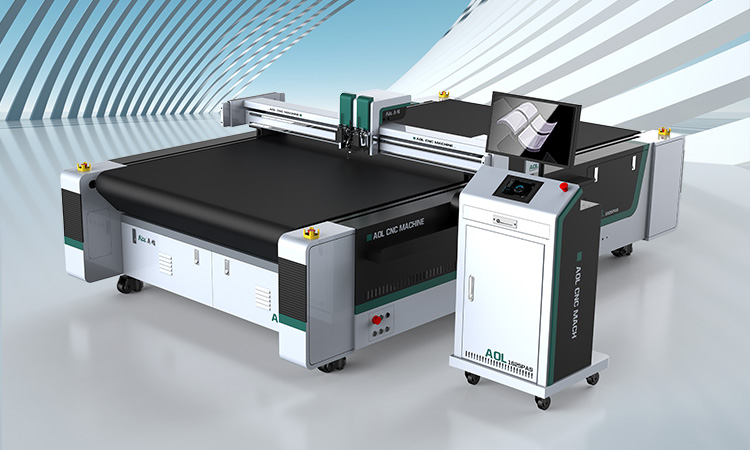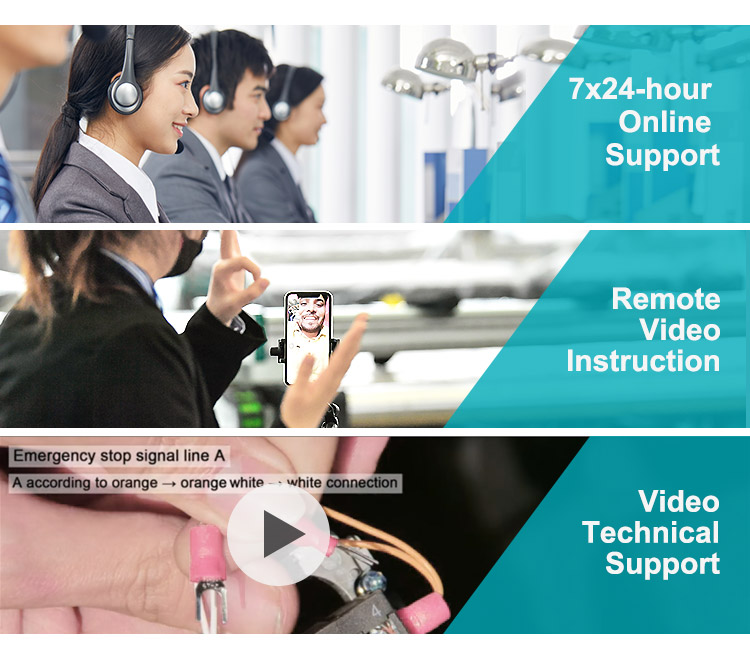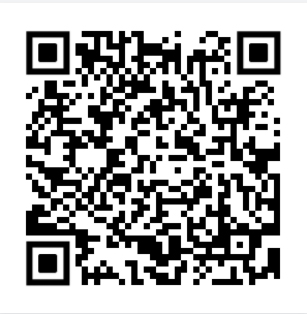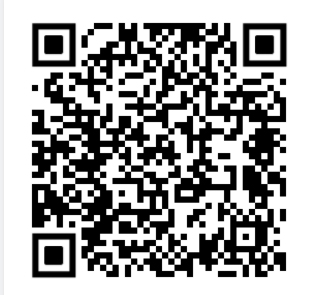Digital cutting enables manufacturers to incorporate delicate and odd-shaped parts made of a variety of materials into advanced product designs.
Cutting is a versatile process used to shape materials such as rubber, textiles, foam, paper, plastics, composites and foils by trimming, forming and shearing. For decades, die-cutting has been the standard manufacturing method, allowing manufacturers to achieve high-volume production of parts that previously took longer or cost more to manufacture using other techniques.
The process involves the use of tools called dies. A die is a specialized tool whose sharp edges are shaped according to the desired two-dimensional shape of the finished part. Dies are used to pierce the material and punch out shaped parts to specific dimensions and tolerances, not unlike an industrial cookie cutter.
What is digital cutting?
With the advent of computer-aided manufacturing, a new type of digital cutting technology was developed that combines most of the advantages of die-cutting with the flexibility of computer-controlled precision cutting of highly customizable shapes. Unlike die-cutting, which uses a physical mold of a specific shape, digital cutting uses a cutting tool (which can be a static or vibrating blade or milling cutter) to follow a computer-programmed path to cut out the desired shape.
The digital cutting machine consists of a flat table area and a set of cutting, milling and scribing tools mounted on a positioning arm that moves the cutting tools in two dimensions. The material is placed on the table surface and the cutter follows a programmed path through the sheet, cutting out pre-programmed shapes.

Advantages of digital cutting
The biggest advantage of digital cutting is that there are no molds of a specific shape, which ensures shorter turnaround times compared to die-cutters as there is no need to switch between mold shapes, reducing overall production time. Additionally, there are no costs associated with the manufacture and use of molds, making the process more cost-effective. Digital cutting is especially suited for large format cutting jobs and rapid prototyping applications.
Computer-controlled digital flatbed or conveyor belt cutters can easily combine registration mark detection on the sheet with on-the-fly control of cut shapes, making digital cutters very attractive for highly customizable automated manufacturing processes.
The growing popularity of digital cutting machines has led manufacturers to offer a wide range of digital cutting solutions in the market, from large industrial machines that can handle a few square meters of material to hobby-grade cutting machines for home use.
For more information, please consult:
Email: info@aolcnc.com
Phone: +86-0531-88620680
WhatsApp/We Chat: 0086-18560162709
youtube: https://www.youtube.com/channel/UCDiNQSjBR5DsAX9QfkWF7AA
Website: https://www.aolcnc.com/





